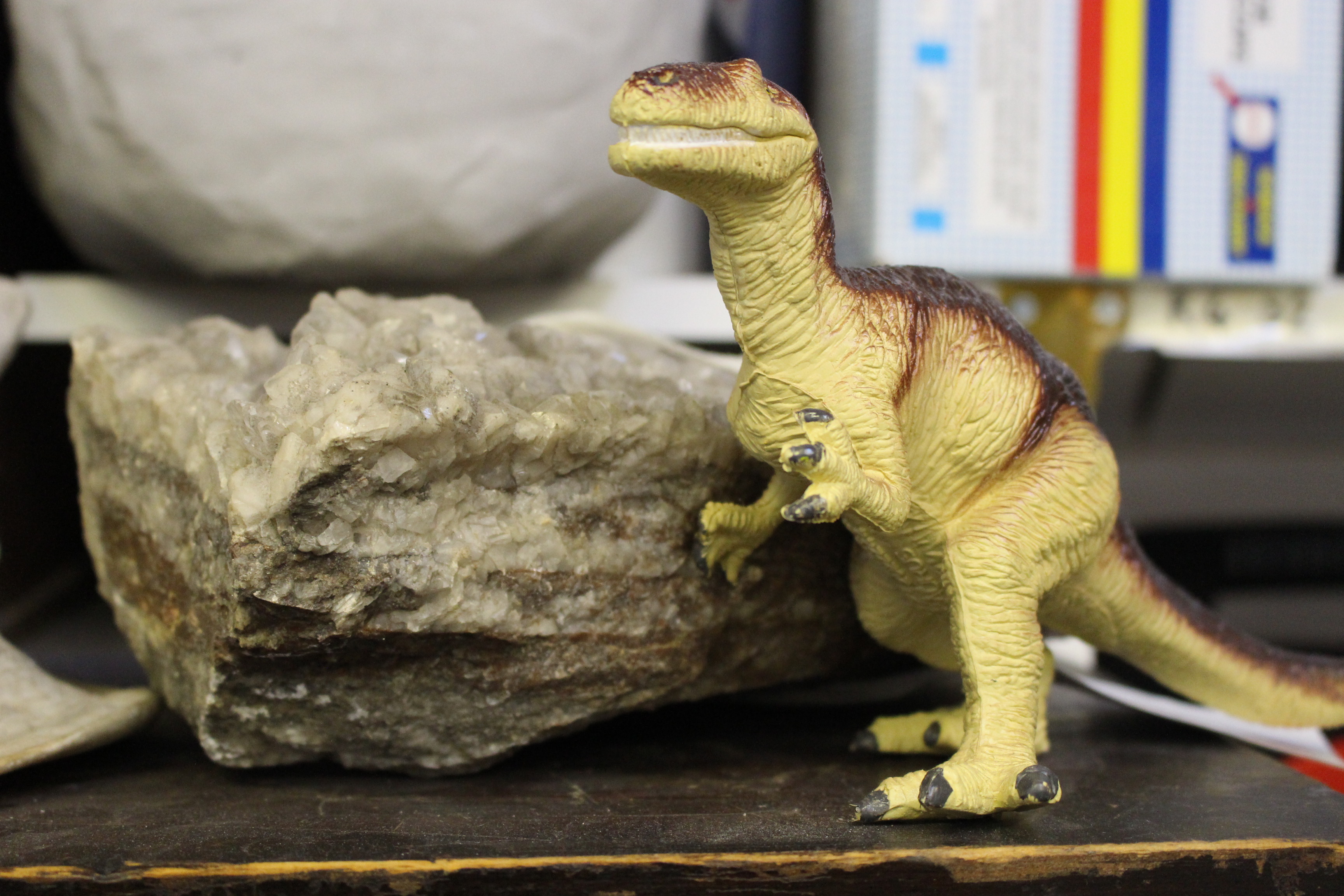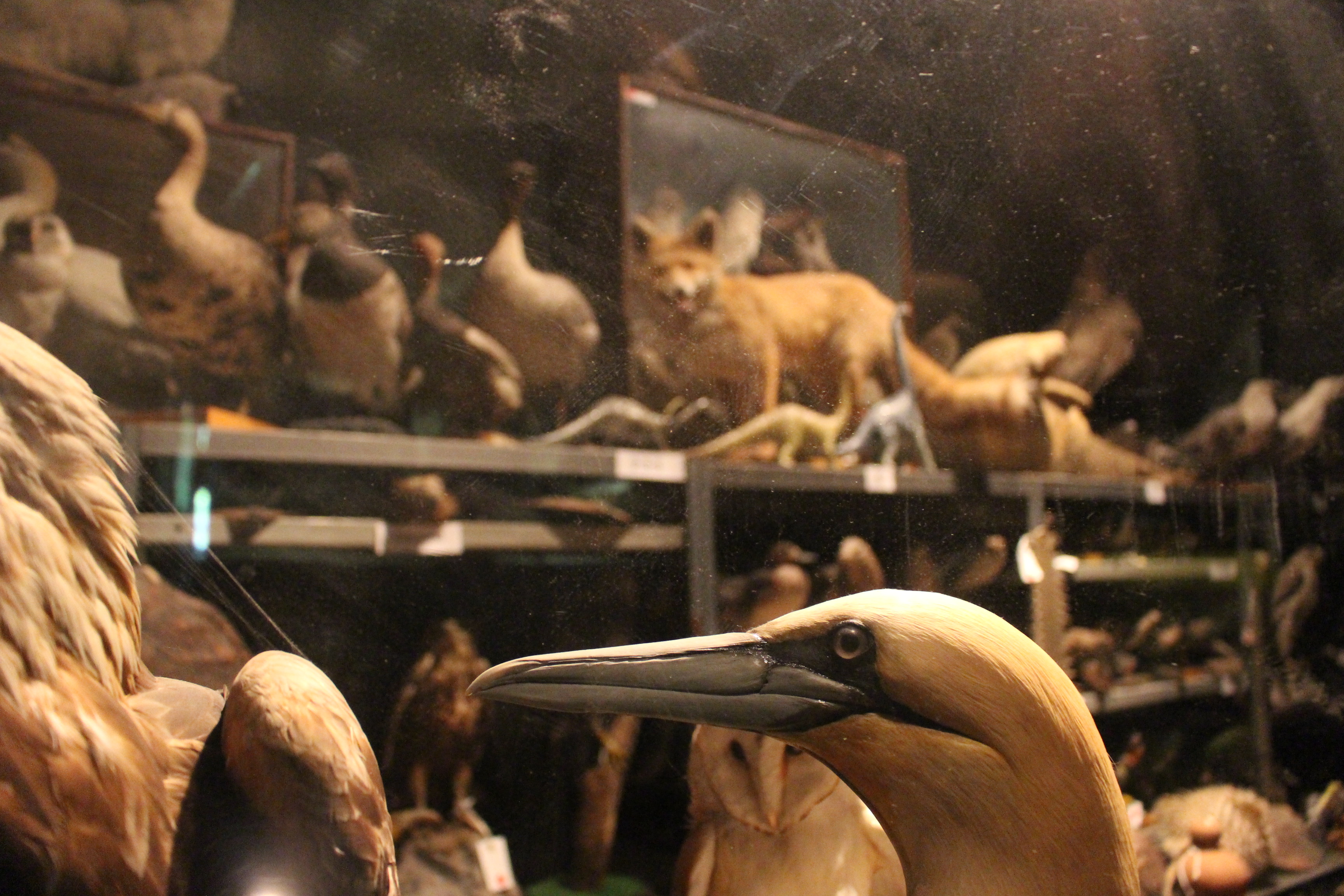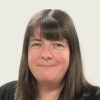Have you ever been to a museum, looked around the displays then wondered what else might be hidden behind that door marked ‘staff only’?
I have, many times, as I explored museums on family holidays growing up. Having been through that door in various roles since, I feel not only privileged to have a career in the museum sector but also excited about my new job!
By training, I am a geologist (I study rocks) specialising in palaeontology (I study fossils). Over the years this subject interest has led me to voluntary work collecting fossils ‘in the field’ (in Germany, America and Morocco) and organising in storerooms finds that had been brought back by collectors over several hundred years (in the UK and America). I have been employed to catalogue the backlog that continuously outpaces staff hours and moved collections between buildings, either out of necessity or as views on what is considered suitable storage have changed. Through these, I am aware how much work goes into organising and maintaining museum collections.

In March 2019 I began a two-year contract as the John Ellerman Project Curator at National Museums Scotland to find out about natural science collections in museums across Scotland. As with any journey I was given a map, an outline of Scotland with the location of more than 90 museums holding such material, spread relatively densely around Edinburgh and Glasgow with a few in the middle and a surprisingly good scattering around the coast and islands beyond. Too many in fact to investigate in one project, however long its duration. The project focuses primarily on fossils with a secondary interest in rocks, minerals, gemstones, mammals, birds and eggs, insects, reptiles, plants …. (the list goes on). This is a huge task, as I pointed out in my interview presentation, but one I very much wanted to undertake.
The foundations had already been laid in the form of two surveys, sent to museums in 2017/18 by the National and International Partnerships team at National Museums Scotland. Around 35 responses were received (a good number), providing important information on where the subject material could be found and contacts for the next stage – the actual visits. By the end of April, I will have begun the much-anticipated exploration of collections across Scotland, with numerous opportunities to go through yet more of those doors for a rare view of what is beyond. I expect to find many interesting specimens to write about, the ultimate discovery being long-lost type specimens which were used for the primary description of species.

But my work won’t end there; the documentation of specimens will be accompanied by details of how they are stored and any current use, whether in displays, education, family activities or scientific research. While I don’t expect to visit every museum in Scotland or see every fossil and natural science object in person, I do want to provide an accurate picture of natural science collections in Scottish museums, a picture that will allow me to make specific and relevant recommendations for collection development and improvements across Scotland far into the future. It is also hoped this work will lead to future partnerships and collaborations across the sector. No pressure then …
